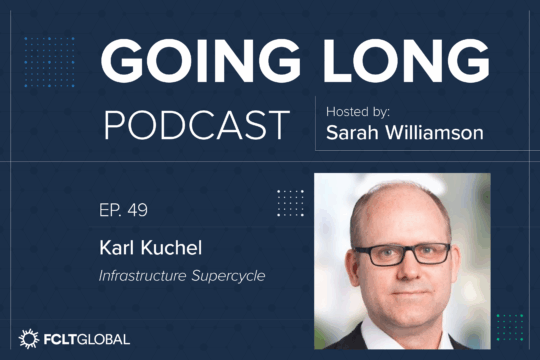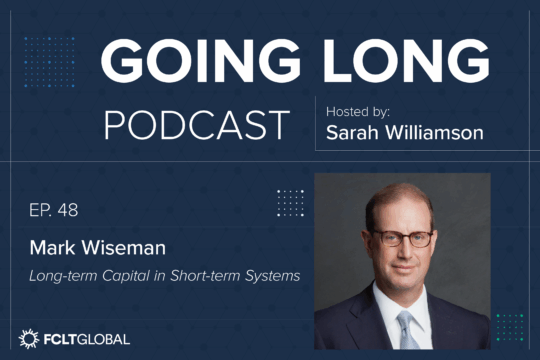Corporate short-termism has been the subject of ongoing debate among leaders in business, government, and academia for decades, but hard evidence on the impact of short-termism on company performance and economic growth has remained scarce.
To fill this gap, MGI created a systematic measurement of long- and short-termism at the company level. Its findings show that companies classified as “long term” outperform their shorter-term peers on a range of key economic and financial metrics.
Based on an analysis of 615 large and mid-cap U.S. publicly listed companies from 2001 to 2015, the paper’s findings highlight the benefits to long-termism, including:
- From 2001 to 2014, the revenue of long-term firms cumulatively grew on average 47 percent more than the revenue of other firms, and with less volatility. Cumulatively the earnings of long-term firms grew 36 percent more on average over this period than those of other firms, and their economic profit grew by 81 percent more on average.
- Long-term firms invested more than other firms from 2001 to 2014. Although they started this period with slightly lower research and development spending, cumulatively by 2014, long-term companies on average spent almost 50 percent more on R&D than other companies.
- Long-term companies exhibit stronger financial performance over time. On average, their market capitalization grew $7 billion more than that of other firms between 2001 and 2014. Their total return to shareholders was also superior, with a 50 percent greater likelihood that they would be top decile or top quartile by 2014. Although long-term firms took bigger hits to their market capitalization during the financial crisis than other firms, their share prices recovered more quickly after the crisis.
- Long-term firms added nearly 12,000 more jobs on average than other firms from 2001 to 2015. Had all firms created as many jobs as the long-term firms, the US economy would have added more than five million additional jobs over this period. On the basis of this potential job creation, this suggests, on a preliminary basis, that the potential value unlocked by companies taking a longer-term approach was worth more than $1 trillion in forgone US GDP over the last decade; if these trends continue, it could be worth nearly $3 trillion through 2025.


